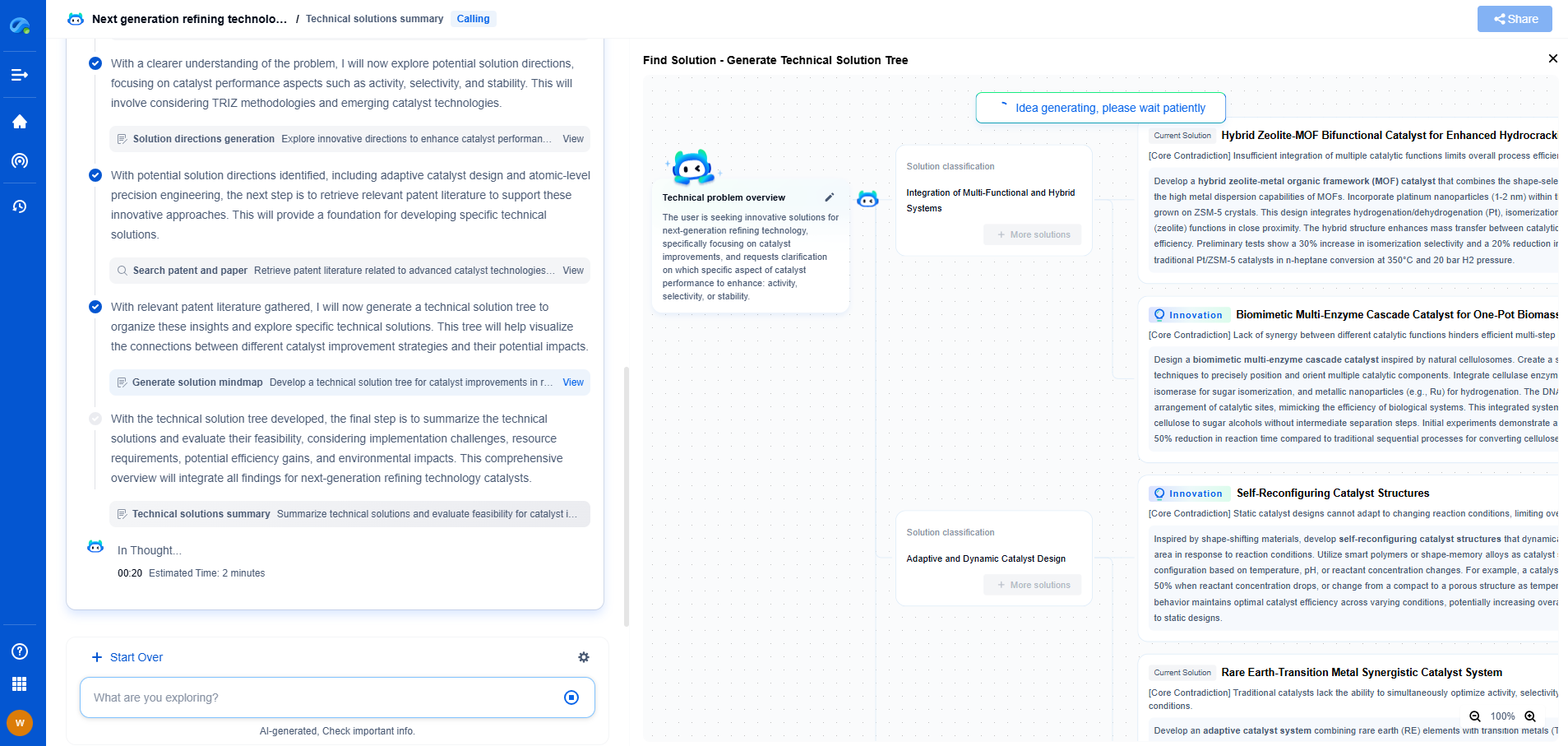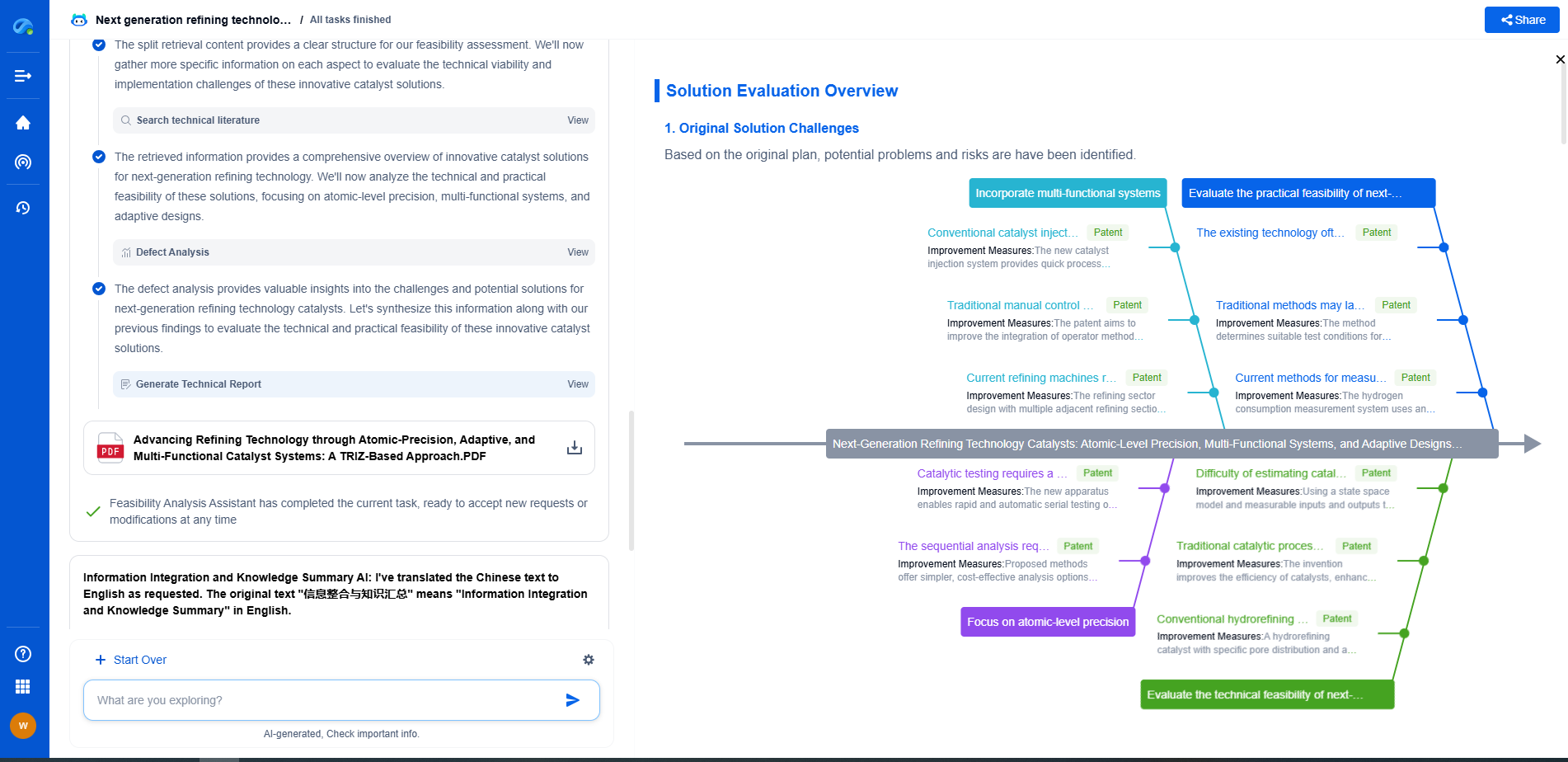What Is Tracking Area Update (TAU) and How Does It Work?
JUL 7, 2025 |
In the world of mobile communications, the seamless transition of connectivity across different locations is essential for uninterrupted service. One crucial function within the LTE (Long Term Evolution) network architecture that facilitates this is the Tracking Area Update (TAU). But what exactly is TAU, and how does it work?
The Basics of Tracking Area Update
TAU is a procedure used by mobile devices to inform the network about their current location. In an LTE network, the entire geographical area is divided into several smaller sections called Tracking Areas (TAs). Each TA is identified by a unique Tracking Area Code (TAC). When a mobile device moves from one TA to another, it initiates a TAU procedure to notify the network of its new location. This ensures that incoming calls, messages, and data services are correctly routed to the device without delay or interruption.
Why is TAU Important?
TAU plays a critical role in optimizing network resources and maintaining continuous service for mobile users. By keeping the network updated on the device's location, TAU helps in efficient paging, which is the process of finding the correct TA where a device is located to deliver incoming communications. Without TAU, the network would have to search all possible locations, leading to unnecessary load and slower service delivery.
How Does the TAU Procedure Work?
The TAU process is initiated when a mobile device detects it has entered a new TA. This can occur when a user physically moves to a new area or when the network reconfigures its TAs. The procedure involves several steps:
1. **TAU Request**: The device sends a TAU request message to the network. This message includes the device's current TA information and other identifiers.
2. **Authentication and Security**: The network authenticates the device to confirm its identity and applies security measures to protect the communication channel.
3. **TAU Accept**: Upon successful authentication, the network sends a TAU accept message back to the device. This message may also update the device with new parameters such as a new TAC.
4. **TAU Complete**: The device acknowledges receipt of the TAU accept message by sending a TAU complete message. This confirms the update process is concluded.
Different Types of TAU
There are several types of TAU procedures, each serving different purposes:
1. **Periodic TAU**: Scheduled updates occur at regular intervals, even if the device has not moved to a new TA. This ensures the network maintains an updated register of active devices.
2. **Normal TAU**: Triggered when the device moves to a new TA different from the one previously registered.
3. **Combined TAU**: Links the TAU procedure with other updates, such as location area updates in networks supporting both LTE and legacy systems like GSM.
Challenges and Considerations
While TAU is essential for efficient network operation, it also presents challenges. Frequent TAU requests can lead to signaling congestion, especially in densely populated areas where many devices move across TAs simultaneously. Network operators must balance the number of TAs and their size to optimize signaling load and coverage.
Moreover, the TAU procedure must be designed to minimize power consumption on devices, especially since mobile users expect long battery life. Efficient algorithms and network planning play a crucial role in achieving these goals.
Conclusion
Tracking Area Update is a fundamental aspect of modern mobile networks, ensuring that users remain connected without interruption as they move between different areas. By understanding the TAU process, its types, and its implications, network operators can better manage their resources and provide a reliable service to users. As mobile technology continues to evolve, the TAU process will adapt and improve, maintaining its pivotal role in the seamless user experience.
Empower Your Wireless Innovation with Patsnap Eureka
From 5G NR slicing to AI-driven RRM, today’s wireless communication networks are defined by unprecedented complexity and innovation velocity. Whether you’re optimizing handover reliability in ultra-dense networks, exploring mmWave propagation challenges, or analyzing patents for O-RAN interfaces, speed and precision in your R&D and IP workflows are more critical than ever.
Patsnap Eureka, our intelligent AI assistant built for R&D professionals in high-tech sectors, empowers you with real-time expert-level analysis, technology roadmap exploration, and strategic mapping of core patents—all within a seamless, user-friendly interface.
Whether you work in network architecture, protocol design, antenna systems, or spectrum engineering, Patsnap Eureka brings you the intelligence to make faster decisions, uncover novel ideas, and protect what’s next.
🚀 Try Patsnap Eureka today and see how it accelerates wireless communication R&D—one intelligent insight at a time.
- R&D
- Intellectual Property
- Life Sciences
- Materials
- Tech Scout
- Unparalleled Data Quality
- Higher Quality Content
- 60% Fewer Hallucinations
Browse by: Latest US Patents, China's latest patents, Technical Efficacy Thesaurus, Application Domain, Technology Topic, Popular Technical Reports.
© 2025 PatSnap. All rights reserved.Legal|Privacy policy|Modern Slavery Act Transparency Statement|Sitemap|About US| Contact US: help@patsnap.com

